The 1980s were, in my opinion, the absolute golden era of anime. It was a time of experimentation, massive budgets, and hand-drawn detail that we rarely see today. This decade gave us iconic series that I still find myself rewatching, including Urusei Yatsura, Gunbuster, and the cyberpunk masterpiece Akira.
It is easy for me to see why fans hold this era in such high regard. This period saw the rise of influential powerhouses like Studio Ghibli, Kyoto Animation, J.C. Staff, and Daicon Films (which became the legendary Gainax). These studios introduced genres that defined the medium for me and millions of others.
Popular 80s Anime
Currently, I’m seeing a massive trend of studios reanimating classic shows for modern viewers (like Urusei Yatsura). It is exciting to journey back to the finest ’80s anime and speculate which ones might be next for a contemporary revamp. Even today, I find that these shows preserve their allure with breathtaking animation and engaging narratives.
Royal Space Force: The Wings of Honnêamise (1987)
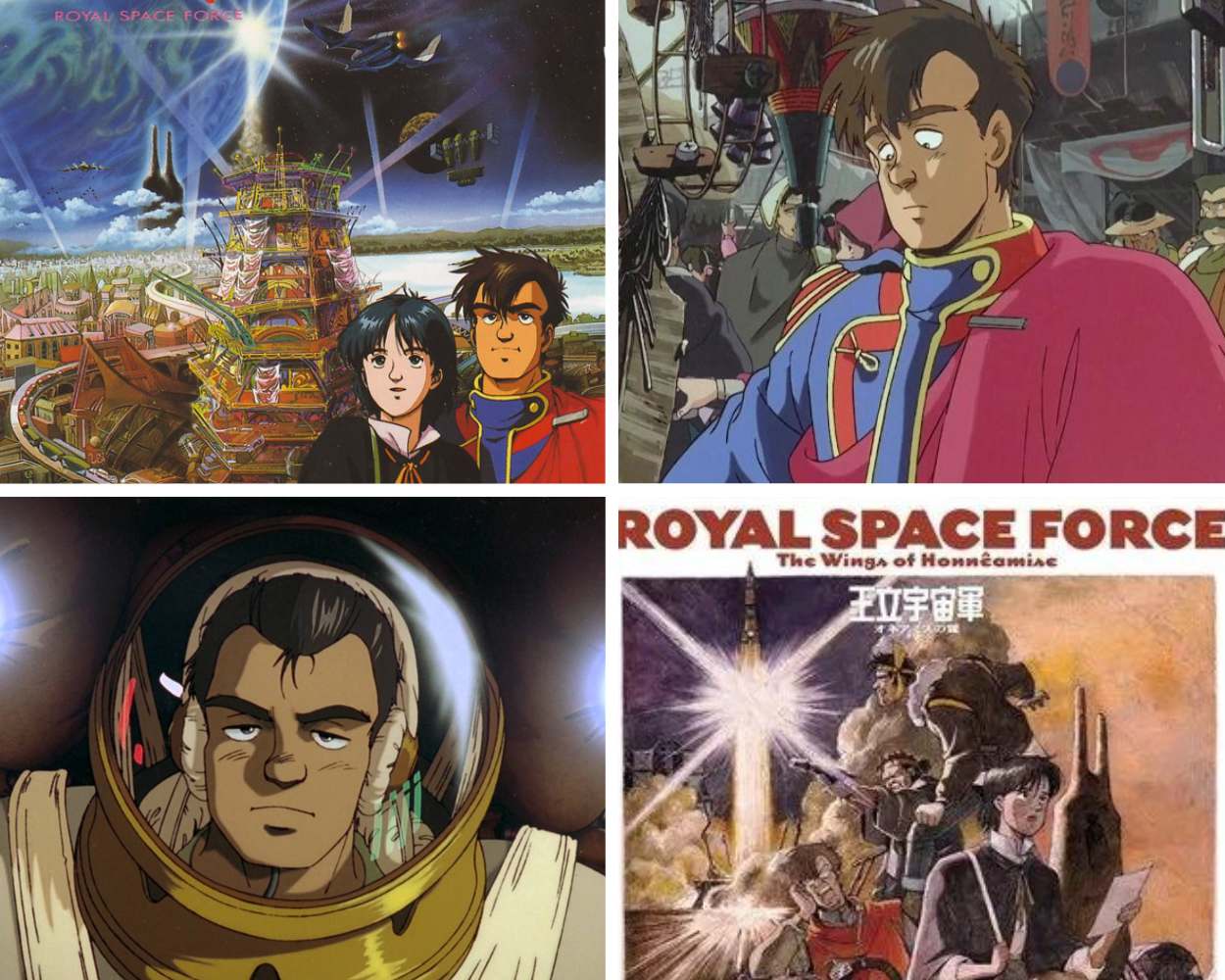
🍿 Vibe: Ambitious, Grounded, Cinematic
🎬 Best Moment: The final rocket launch sequence.
🧠 Why Watch: It’s arguably the most detailed hand-drawn animation ever made.
In 1987, Gainax made their industry debut with Royal Space Force: The Wings of Honnêamise. Directed by the incredibly talented 24-year-old Hiroyuki Yamaga, this alternate future tale follows Shiro, who volunteers to become the first astronaut inspired by a chance encounter.
I find Yamaga’s film fascinating because, while it was influenced by Hayao Miyazaki’s style, it explores much grittier territory. This set it apart from Studio Ghibli, though it meant it didn’t have a massive commercial impact initially.
Nausicaä of the Valley of the Wind (1984)
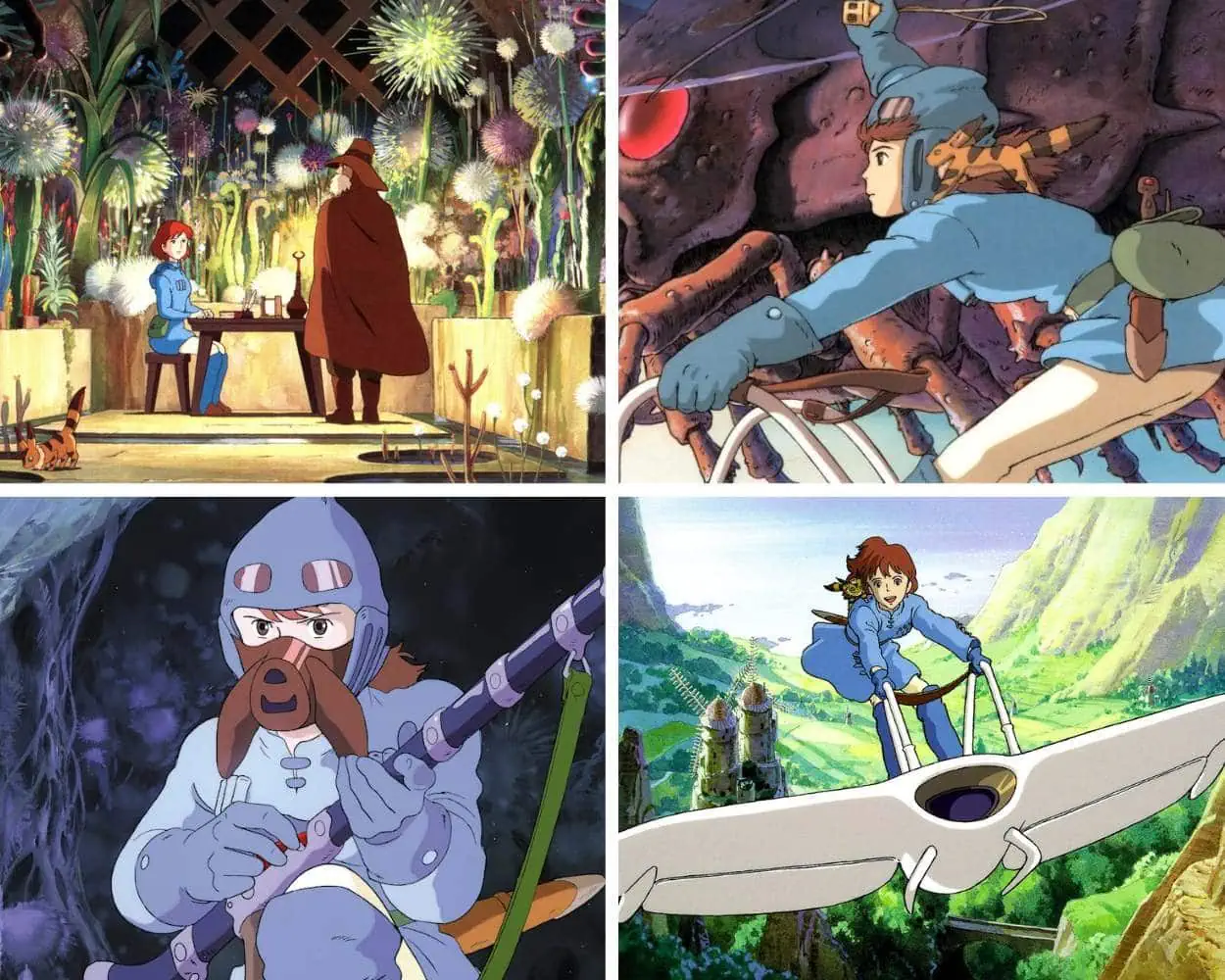
🍿 Vibe: Epic, Environmental, Emotional
🎬 Best Moment: Nausicaä stopping the Ohmu stampede.
🧠 Why Watch: It is the blueprint for every Studio Ghibli movie that followed.
Hayao Miyazaki’s adaptation of his own manga, Nausicaä of the Valley of the Wind, is the film that firmly established Studio Ghibli’s status. For me, this environmental cautionary tale—inspired by the real-life mercury pollution in Minamata Bay—is one of the most powerful animated films ever made.
Toxic jungles brimming with giant mutated insects cover the earth. Nausicaä, the valley’s princess, strives to create peace between humans and the jungle’s inhabitants. At its heart, I view Nausicaä as a timeless anti-war story.
Creamy Mami, the Magic Angel (1983)
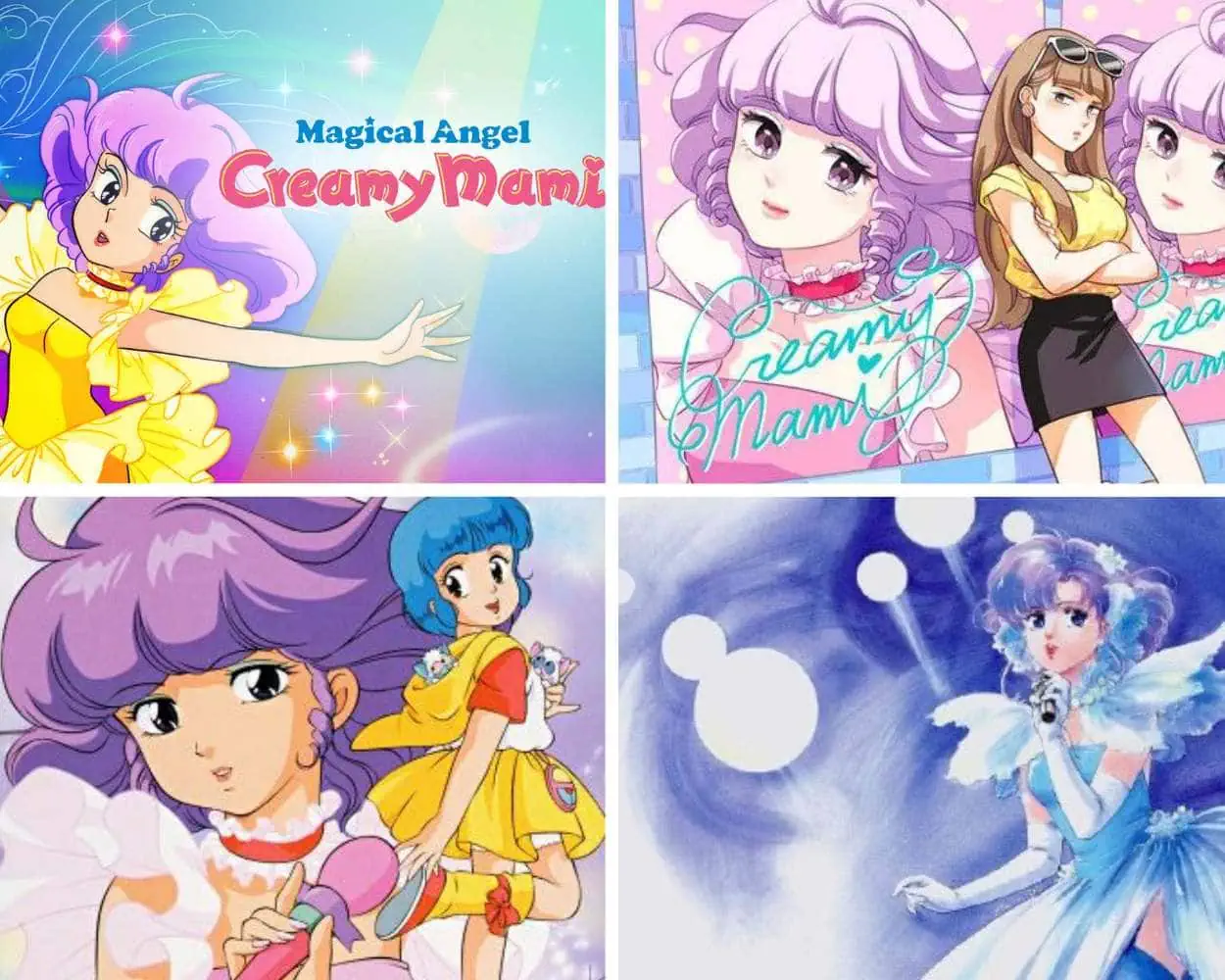
🍿 Vibe: Sparkly, Musical, Cute
🎬 Best Moment: The final concert in the rain.
🧠 Why Watch: It invented the “Idol Anime” genre.
Creamy Mami, the Magic Angel stands as a memorable example of the magical girl genre, bringing a fresh spin to 80s anime. The story follows ten-year-old Yuu, who transforms into the teenage pop idol Creamy Mami, capturing the hearts of millions.
What I think makes Creamy Mami unique is its innovative plot that combined magical elements with the real ups and downs of the Japanese idol industry.
Lupin the Third Part II (1977 – 1980)
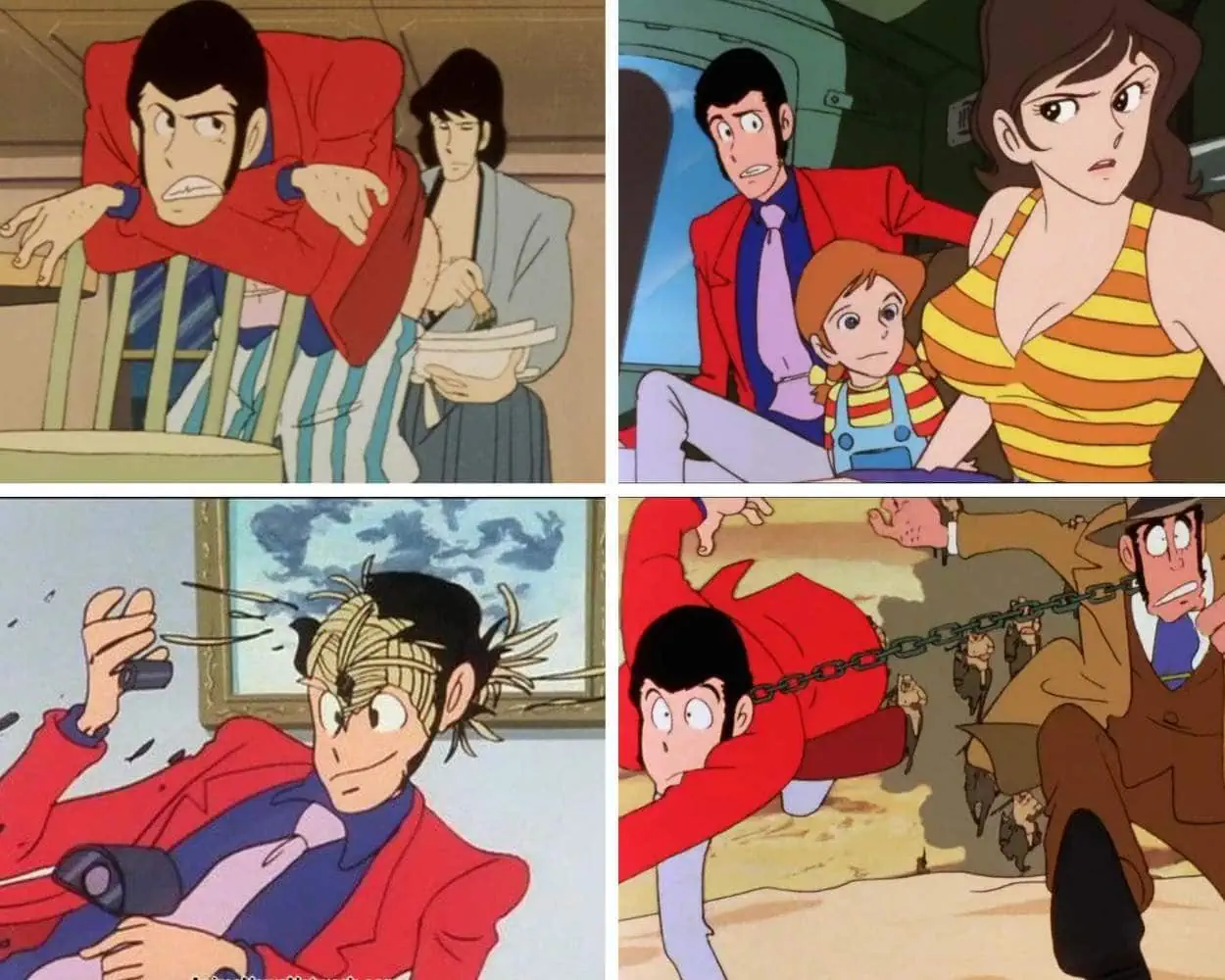
🍿 Vibe: Fun, Jazzy, Slapstick
🎬 Best Moment: Any car chase involving the yellow Fiat 500.
🧠 Why Watch: It’s the definition of “cool” anime.
The escapades of the world’s greatest thief, Lupin III, technically started earlier, but the charm of this classic series spilled right over into the 80s. In the second series, Lupin, along with Jigen, Goemon, and the seductive Fujiko, pull off daring heists while evading the relentless Inspector Zenigata.
I love how this 80s anime injects a blend of comedy, action, and noir into the mix. Lupin the Third Part II is a shining example of a series that truly embodies the fun, excitement, and distinct style of anime from the 80s.
Ranma ½ (1989)
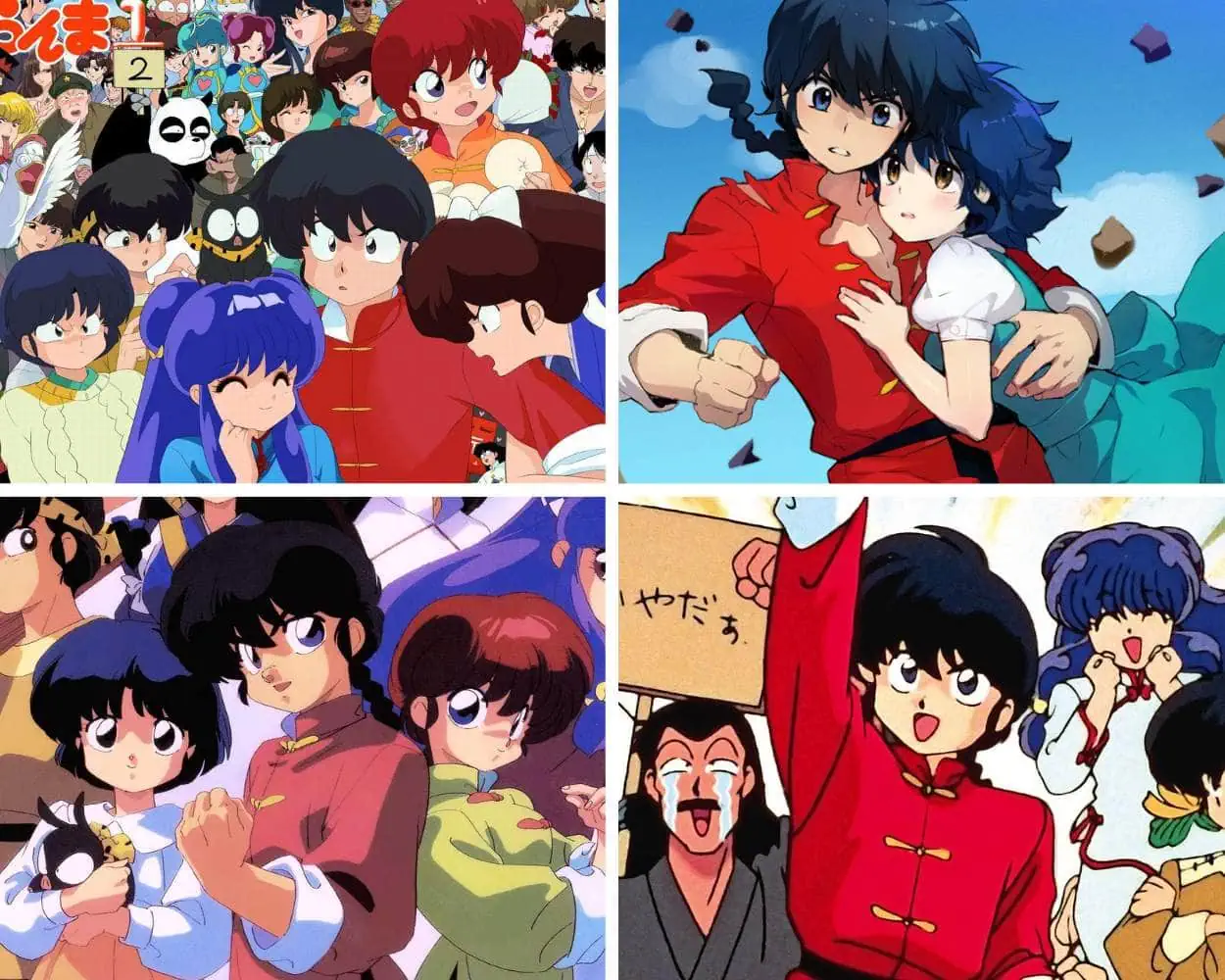
🍿 Vibe: Chaos, Kung-Fu, Comedy
🎬 Best Moment: Ryoga realizing he is Akane’s pet pig, P-chan.
🧠 Why Watch: Rumiko Takahashi is the queen of rom-coms.
Ranma ½, another masterpiece by Rumiko Takahashi, is a martial arts rom-com with a twist: a cursed spring turns our protagonist, Ranma, into a girl whenever he is splashed with cold water. This hilarious premise led to countless comedic situations that I still laugh at.
The quirky characters and bizarre martial arts challenges made Ranma ½ an unforgettable part of anime history. Its unique blend of action, romance, and comedy ensures its place as a beloved classic on my list.
Macross (1982)
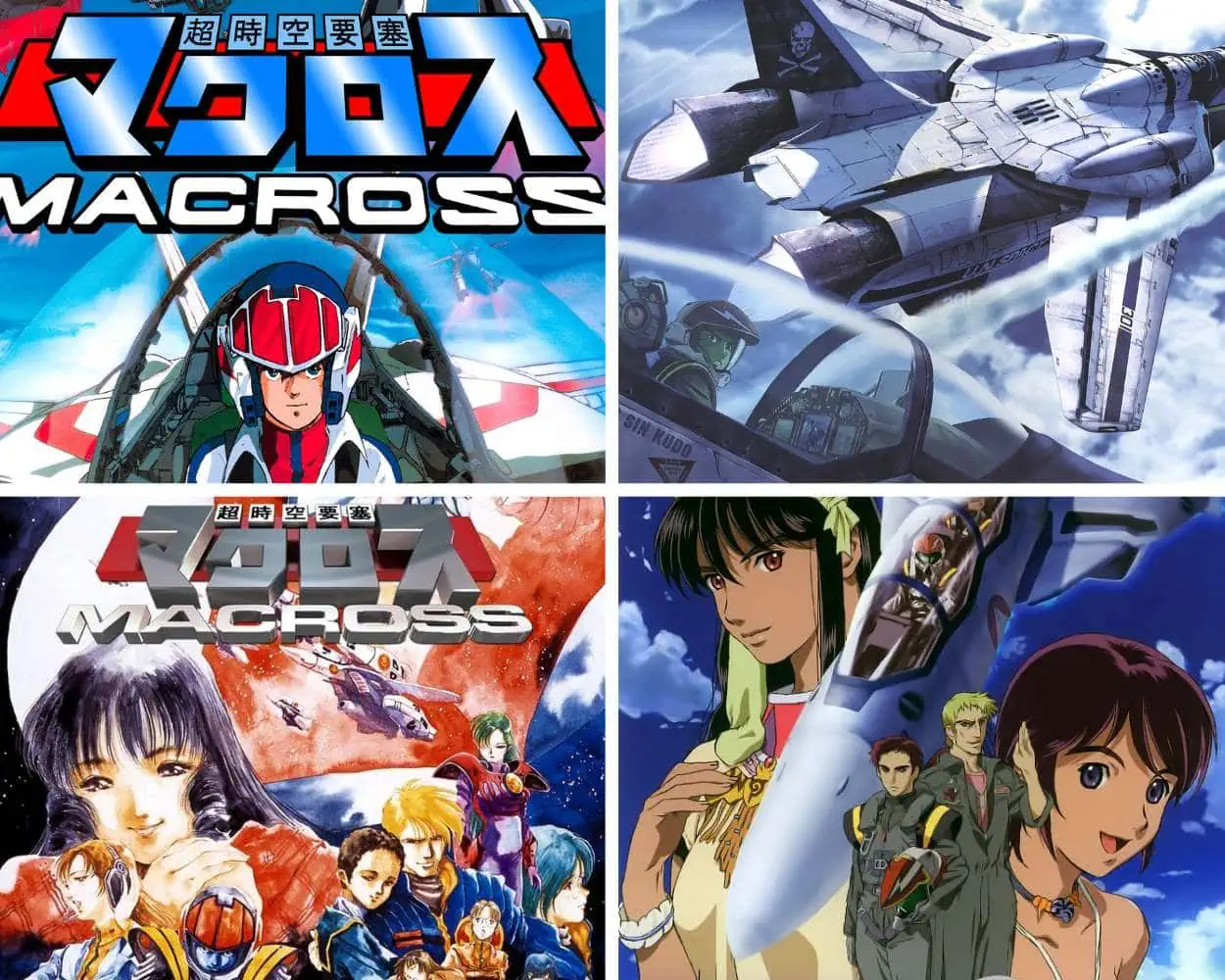
🍿 Vibe: Space Opera, Romance, Pop Music
🎬 Best Moment: The “Daedalus Attack” maneuver.
🧠 Why Watch: It proved love (and pop songs) can win wars.
A cornerstone of the mecha genre, Macross is an epic space opera that explores the trials of war and the power of culture. This anime follows the interstellar war between humans and the alien Zentradi, with the space fortress Macross caught in the middle.
What sets Macross apart for me is its unique blend of transforming mecha, romantic drama, and pop music, which plays a vital role in the plot. With its dramatic story arcs and engaging characters, I consider it a quintessential addition to any 1980s watchlist.
Dirty Pair (1987 – 1988)

🍿 Vibe: Explosive, Retro, Glamorous
🎬 Best Moment: Accidentally destroying an entire city to solve a minor crime.
🧠 Why Watch: For the classic sci-fi aesthetic and buddy-cop comedy.
Dirty Pair is a dazzling action-comedy that thrives on the chemistry between its two leading ladies, the “Lovely Angels” Kei and Yuri. This show blends sci-fi and action with a dash of James Bond-like glamour.
Despite their codename, the “Dirty Pair” always aim to solve galactic crimes peacefully, though I find it hilarious that chaos and destruction inevitably follow in their wake.
Patlabor: The Mobile Police (1988)
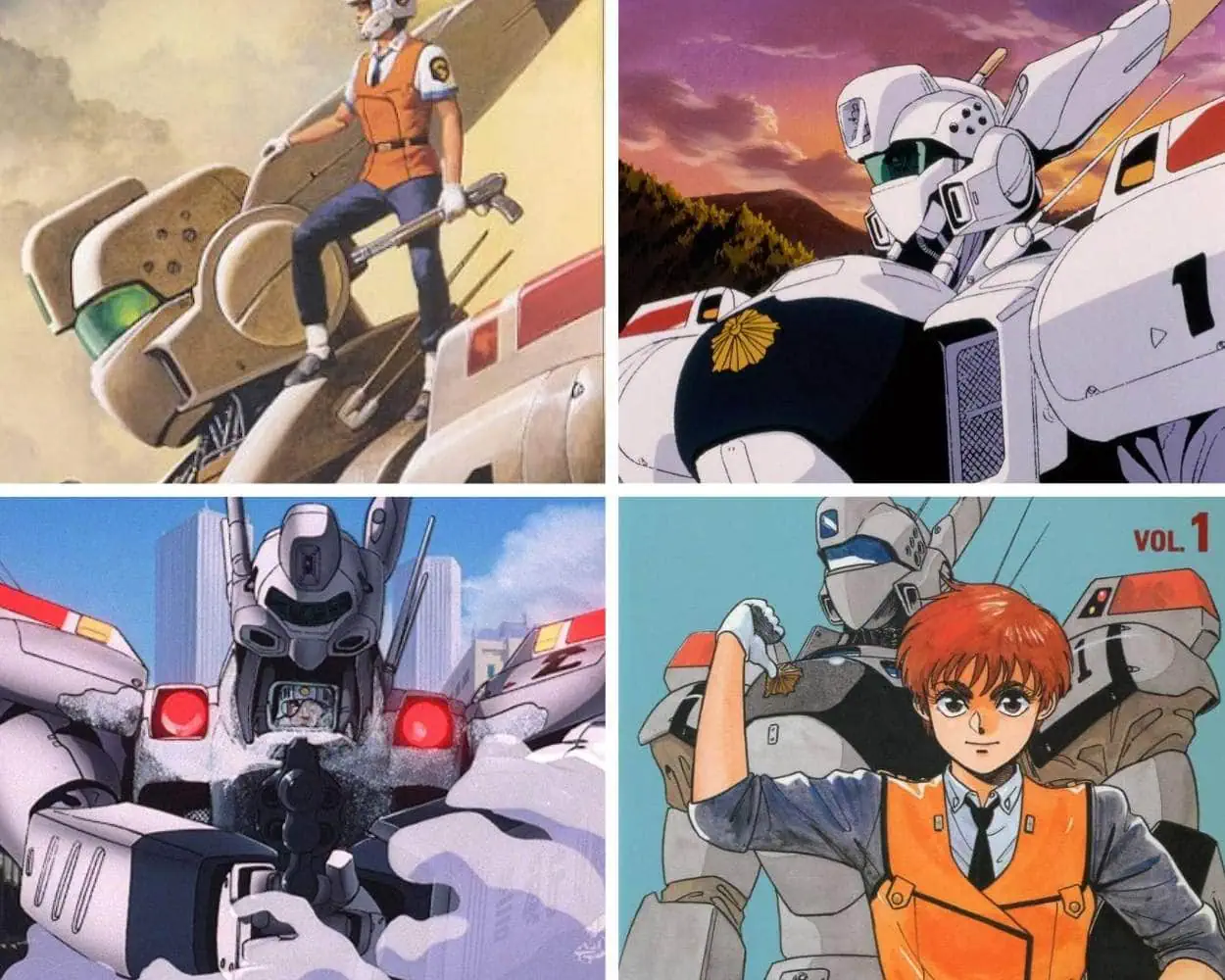
🍿 Vibe: Realistic, Political, Funny
🎬 Best Moment: The team just eating cup noodles while waiting for a crime.
🧠 Why Watch: It treats giant robots like mundane police cars.
If you are craving a compelling mix of police procedural and giant robots, then Patlabor is the show for you. It captures the everyday lives of the Tokyo Metropolitan Police’s Special Vehicles Section 2, who handle crimes involving “Labors”—giant robots used for construction.
Unlike most mecha anime from the 80s, I appreciate that Patlabor is a slow-burn, focusing more on office politics and character development than constant explosions.
Urusei Yatsura (1981)
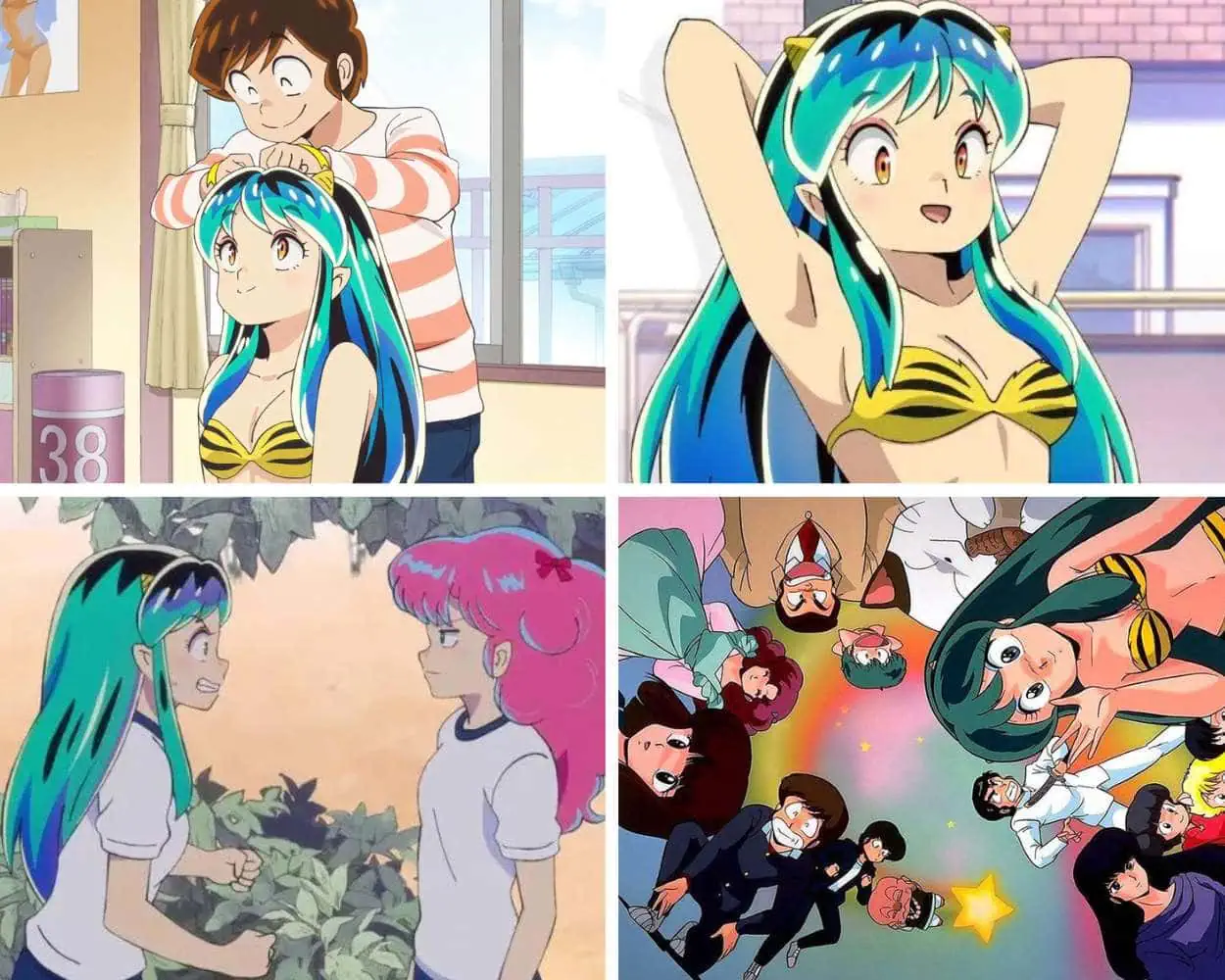
🍿 Vibe: Wacky, Surreal, Romantic
🎬 Best Moment: The endless summer in “Beautiful Dreamer.”
🧠 Why Watch: It’s the grandmother of all harem anime.
Urusei Yatsura is a rollicking space opera and a genre-bending parody that exemplifies the innovation of the 80s. Ataru Moroboshi, the unluckiest boy on Earth, accidentally proposes to an alien princess, Lum, leading to a whirlwind of cosmic comedy.
This series is a cornerstone of 80s anime shows for me. It mixes Japanese folklore with science fiction, resulting in an absurdly funny romantic comedy that influenced almost every rom-com that followed.
City Hunter (1987)
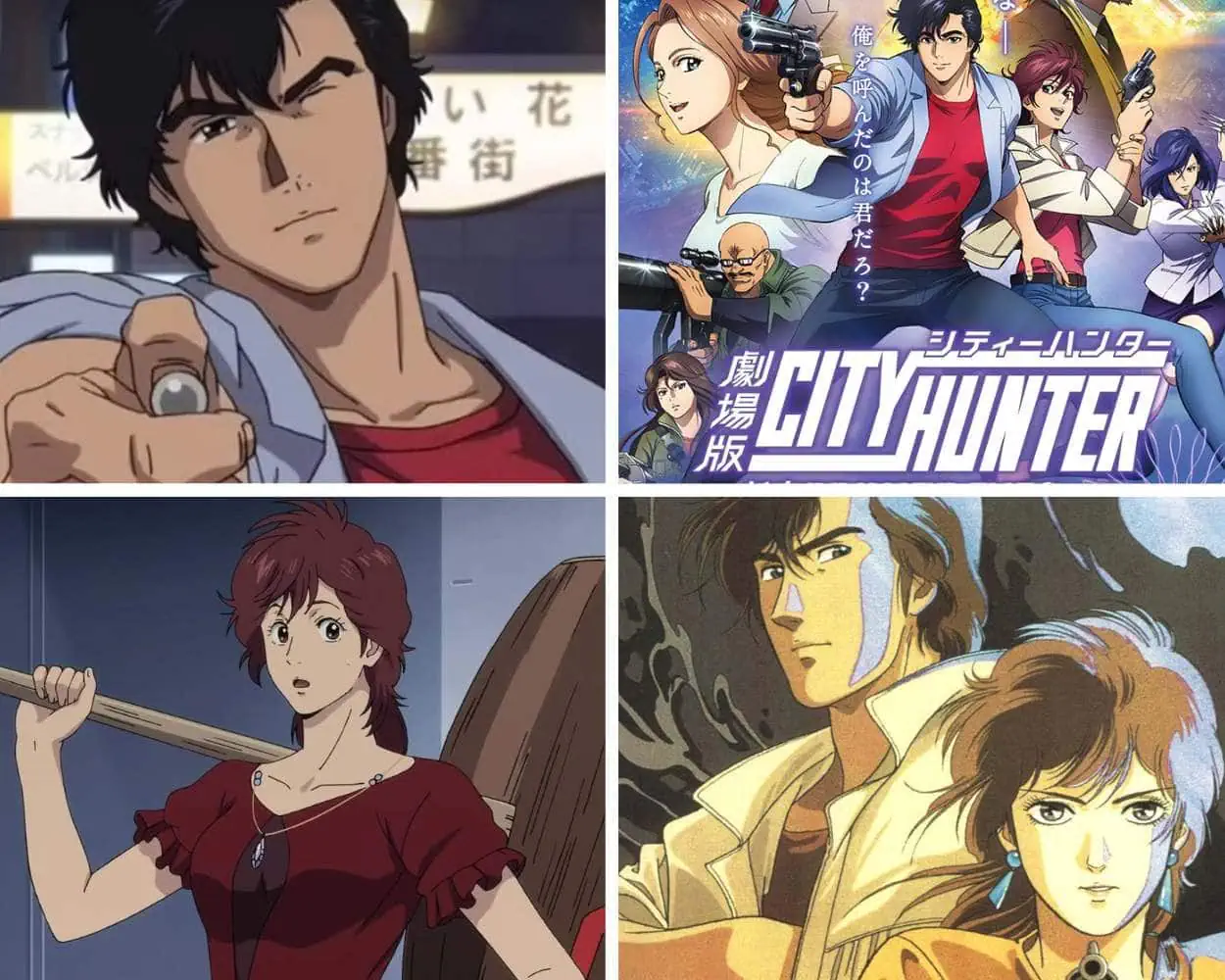
🍿 Vibe: Cool, Urban, Action-Packed
🎬 Best Moment: Whenever the ending song “Get Wild” fades in.
🧠 Why Watch: Ryo Saeba is the James Bond of anime.
Infused with action, comedy, and romance, City Hunter is a delightful romp through the seedy underbelly of Tokyo. Ryo Saeba, the protagonist, is a “sweeper”—part detective, part mercenary—with a weakness for pretty women.
This 80s anime offers a heady mix of high-octane gunfights and slapstick humor. As far as retro anime goes, I find City Hunter to be a riotous ride that deserves a spot on any list of anime from the 80s.
My Neighbor Totoro (1988)
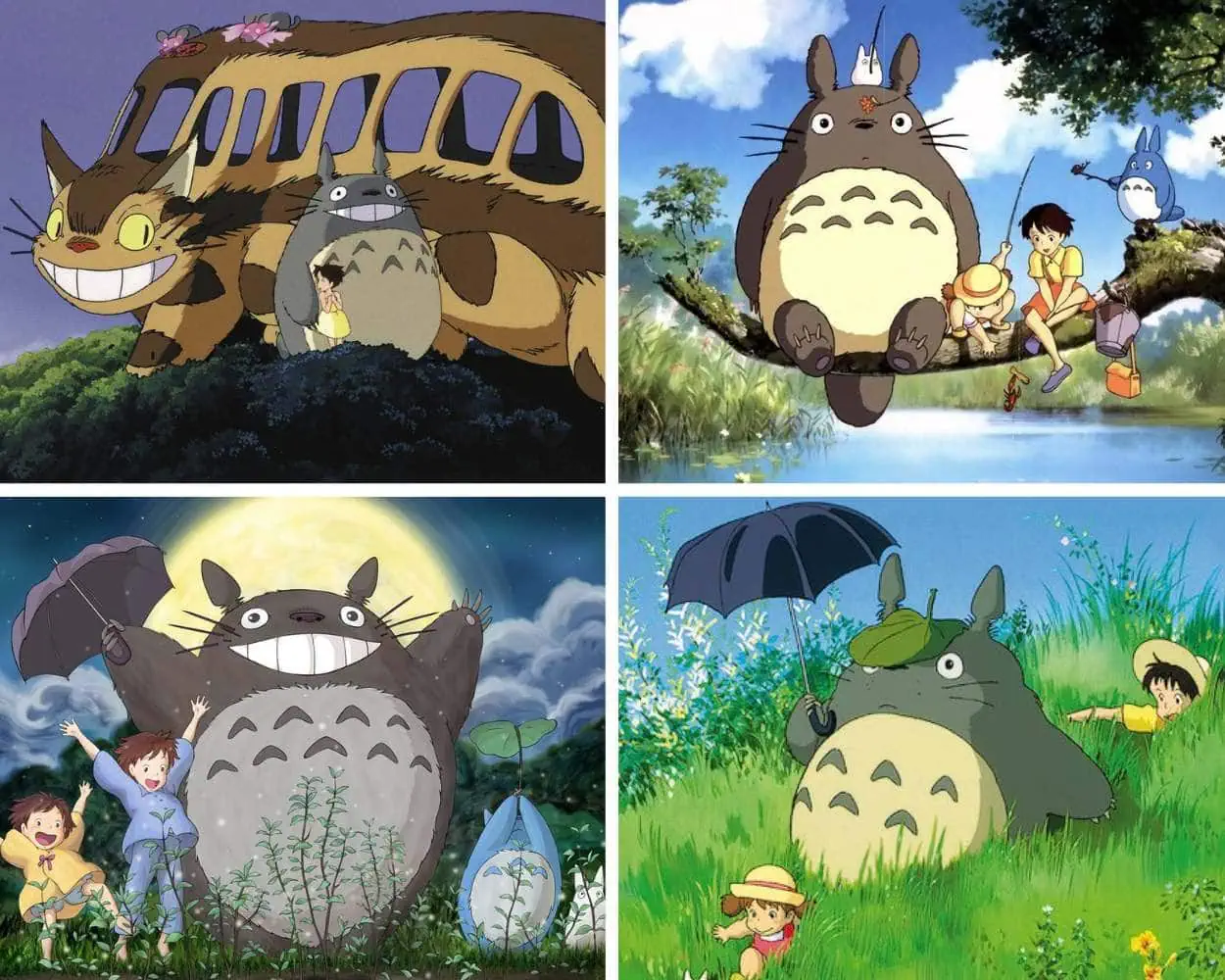
🍿 Vibe: Wholesome, Magical, Peaceful
🎬 Best Moment: The Catbus arrival.
🧠 Why Watch: It’s pure stress relief in movie form.
No list is complete without the magic of Studio Ghibli. My Neighbor Totoro is a beautiful, whimsical exploration of childhood innocence and the spirit of nature.
The enchanting tale of sisters Satsuki and Mei, who befriend the lovable forest spirit Totoro, captured hearts worldwide. Its stunning hand-drawn animation encapsulates Ghibli’s signature touch. Even within the realms of 1980s anime, I believe Totoro stands in a league of its own.
Fist of the North Star (1984)

🍿 Vibe: Macho, Violent, Dramatic
🎬 Best Moment: “Omae wa mou shindeiru.”
🧠 Why Watch: It defined the “manly anime” aesthetic.
If one show encapsulates the gritty, macho style of the era, it is Fist of the North Star. The narrative follows the stoic Kenshiro, the successor of a martial art known as Hokuto Shinken, in a Mad Max-style wasteland.
This series raised the bar for ultra-violence, combining martial arts with spectacularly gruesome fatalities. But beneath the surface, I found profound insights into humanity and survival.
Igano Kabamaru (1983)
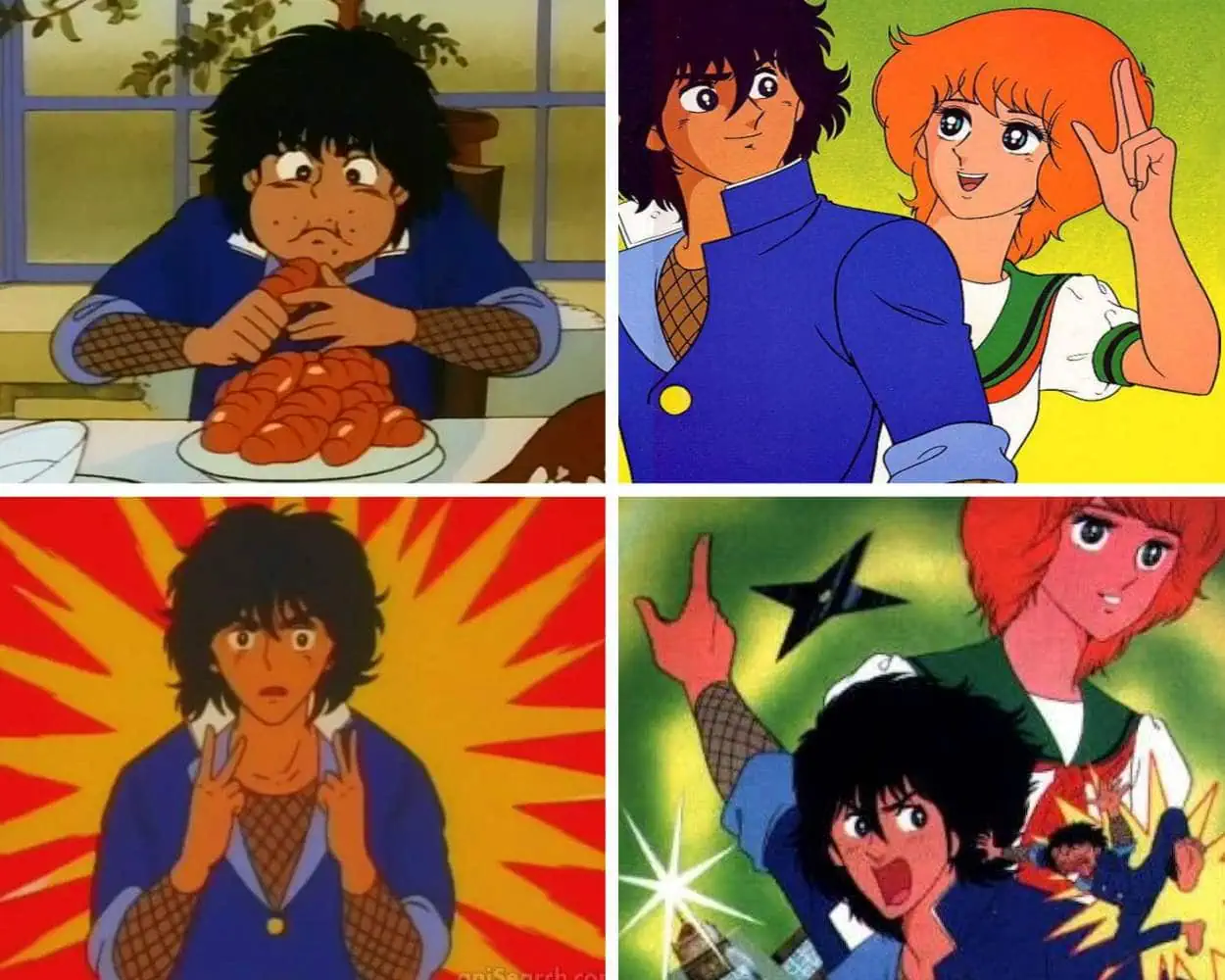
🍿 Vibe: Silly, Hungry, Energetic
🎬 Best Moment: Kabamaru devouring yakisoba in seconds.
🧠 Why Watch: A hidden gem of 80s comedy.
Igano Kabamaru features a protagonist who honed his ninja skills in the mountains, oblivious to modern life. Circumstances propel him to a school in Tokyo, introducing him to a massive culture shock.
He endearingly juggles puppy love, school rivalries, and attempts to fit in. I find Igano Kabamaru to be a delightful anime that celebrates its own amusing absurdity. The animation may seem outmoded now, but it delivers classic shonen tropes perfectly.
Silver Fang (1986)
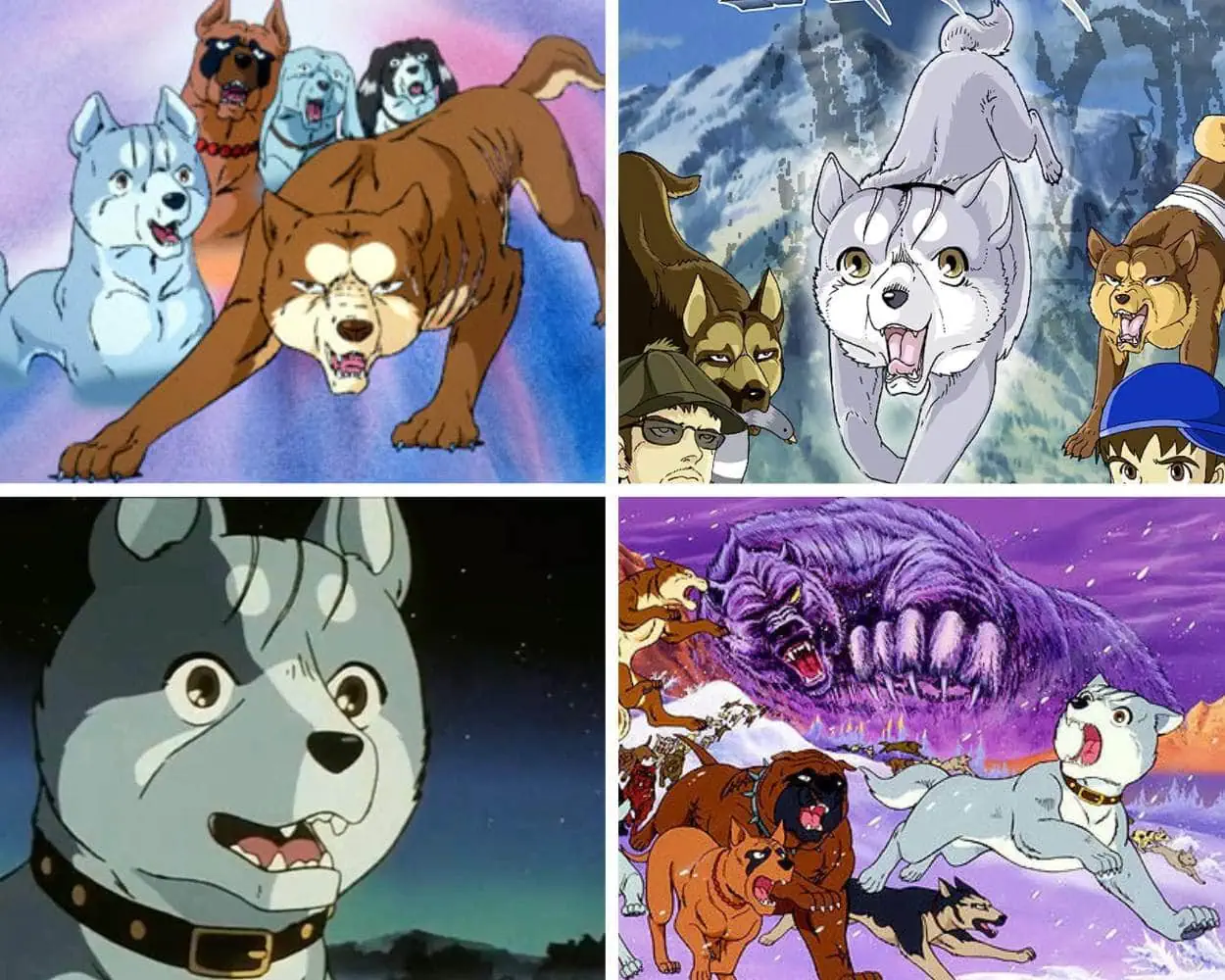
🍿 Vibe: Intense, Savage, Heroic
🎬 Best Moment: The Zetsu Tenrou Battouga attack.
🧠 Why Watch: It’s basically a shonen battle anime, but with dogs.
Despite being largely unnoticed today, Silver Fang (Ginga: Nagareboshi Gin) earned substantial popularity in Japan and parts of Europe. The narrative pivots around a young Akita pup named Gin, who bands together with other dogs to prepare for a showdown with a fearsome bear, Akakabuto.
Regrettably, the English VHS release was heavily censored for younger audiences. However, I recommend seeking out the original version, which provides a mature narrative delving into intense themes of loyalty and survival.
Bubblegum Crisis (1987)

🍿 Vibe: Cyberpunk, Synthwave, Badass
🎬 Best Moment: The opening scene motorcycle chase.
🧠 Why Watch: The soundtrack is the peak of 80s music.
Bubblegum Crisis is 80s anime in its purest form: neon lights, futuristic cityscapes, and a soundtrack that screams synth-pop. This cyberpunk OVA is the perfect cocktail of action, sci-fi, and music.
The Knight Sabers, an all-female mercenary team, fight rogue robots (Boomers) in their power armor. I love that it showcases an ensemble of capable women—a rarity in the male-dominated mecha genre of the time.
Tomorrow’s Joe 2 (1980)
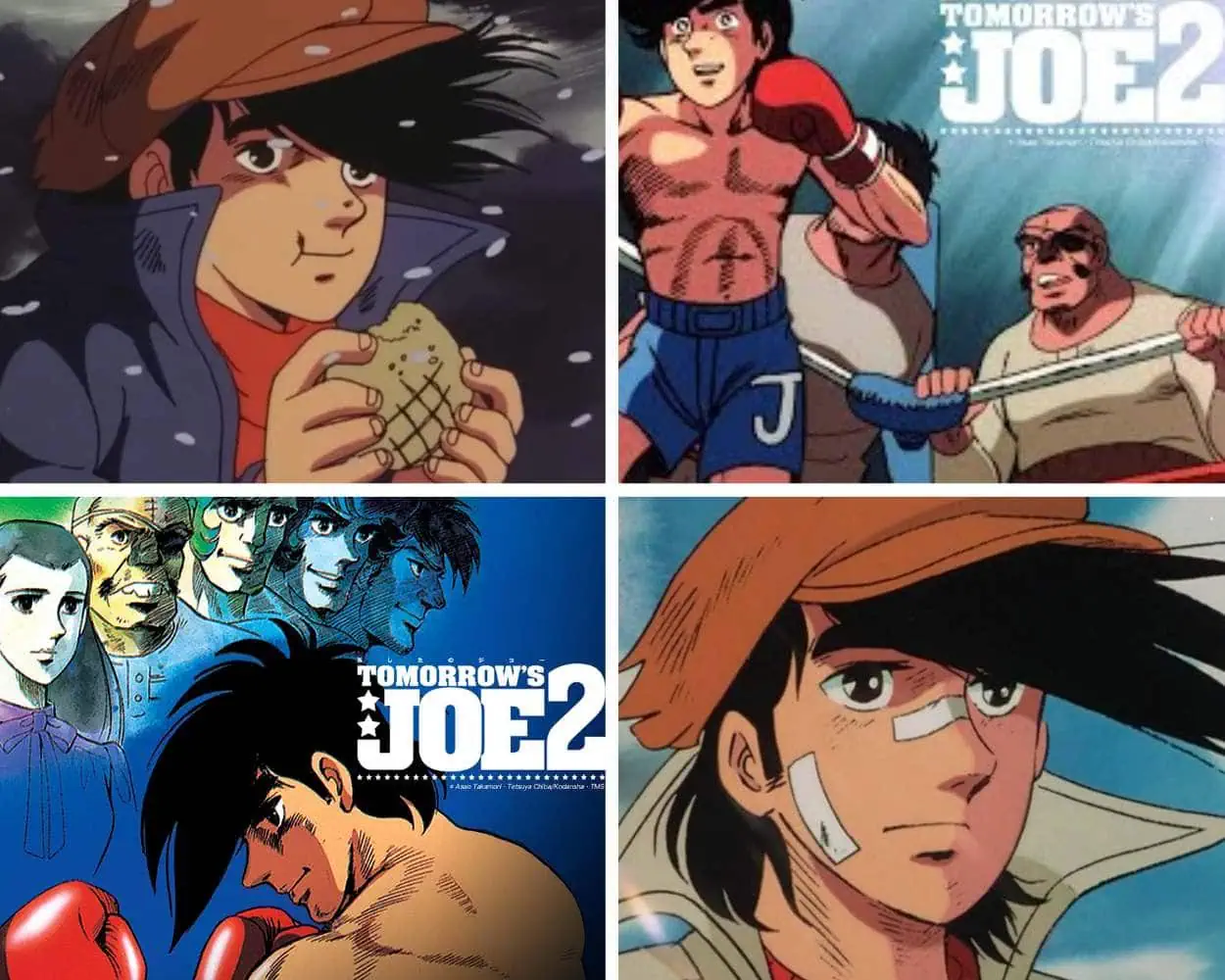
🍿 Vibe: Tragic, Gritty, Legendary
🎬 Best Moment: The final scene. “Burnt to white ash.”
🧠 Why Watch: It is the greatest sports drama ever told.
I cannot overemphasize the impact of Ashita no Joe. It weaves an incredible tale of Joe Yabuki’s journey from the slums to the top of the boxing world. It is a narrative teeming with gripping drama, tragedy, and agony.
While the first season aired in the 70s, Joe made an impressive return in 1980 with a second season that I think outshines its predecessor. Tomorrow’s Joe 2 remains a timeless masterpiece, bridging generations with universal themes that go far beyond boxing.
Sherlock Hound (1984)
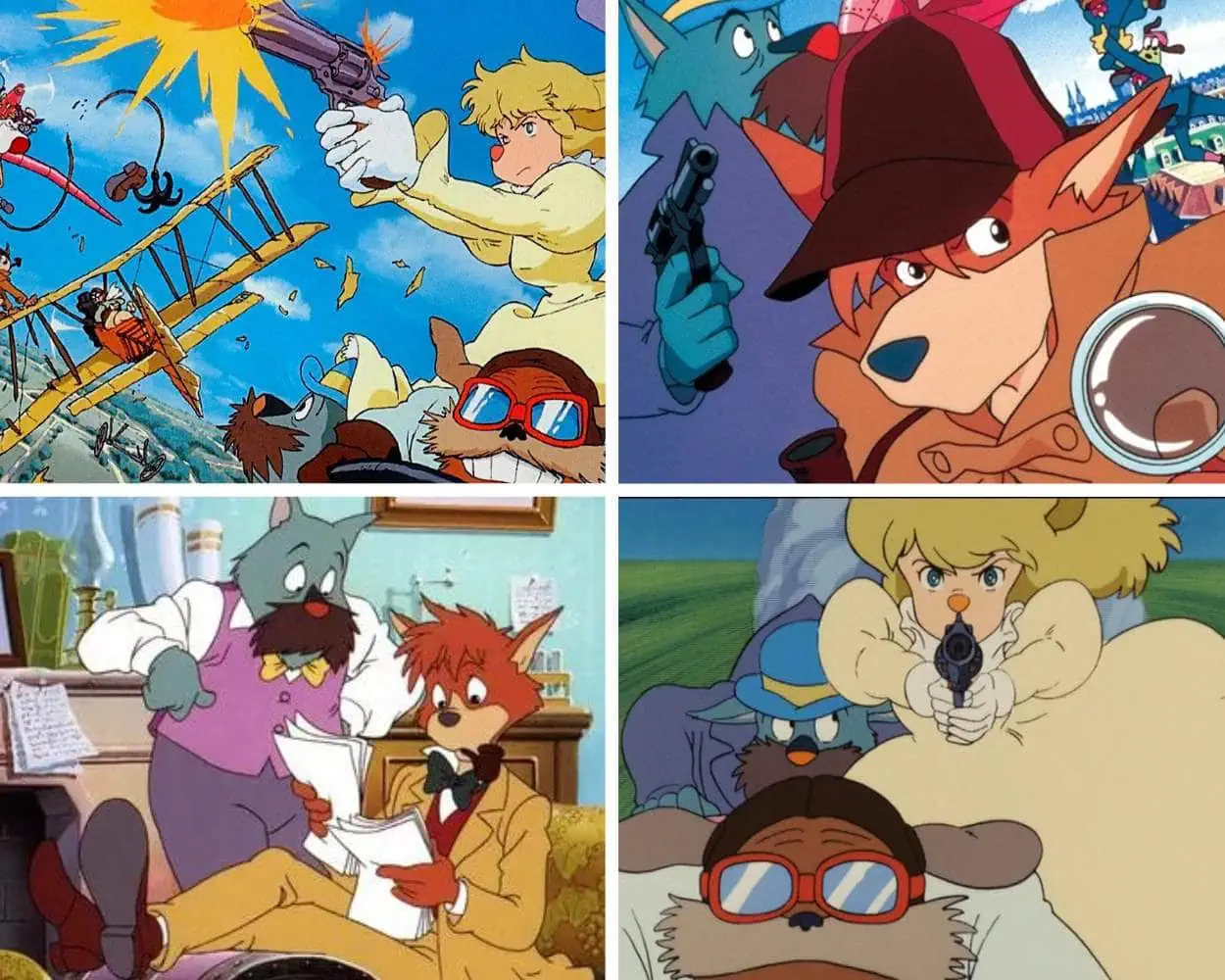
🍿 Vibe: Whimsical, Adventurous, Smart
🎬 Best Moment: The steampunk airplane chases.
🧠 Why Watch: It’s directed by Hayao Miyazaki.
Hayao Miyazaki teamed up with TMS Entertainment to craft this whimsical spin on Sherlock Holmes, where the characters are anthropomorphic dogs. This adaptation, steeped in quirky humor, harmoniously intertwines with the mystery-solving elements we all know.
The show captivates both children and adults. To this day, I still enjoy this charming series, and it is often available for free on YouTube.
Touch (1985)
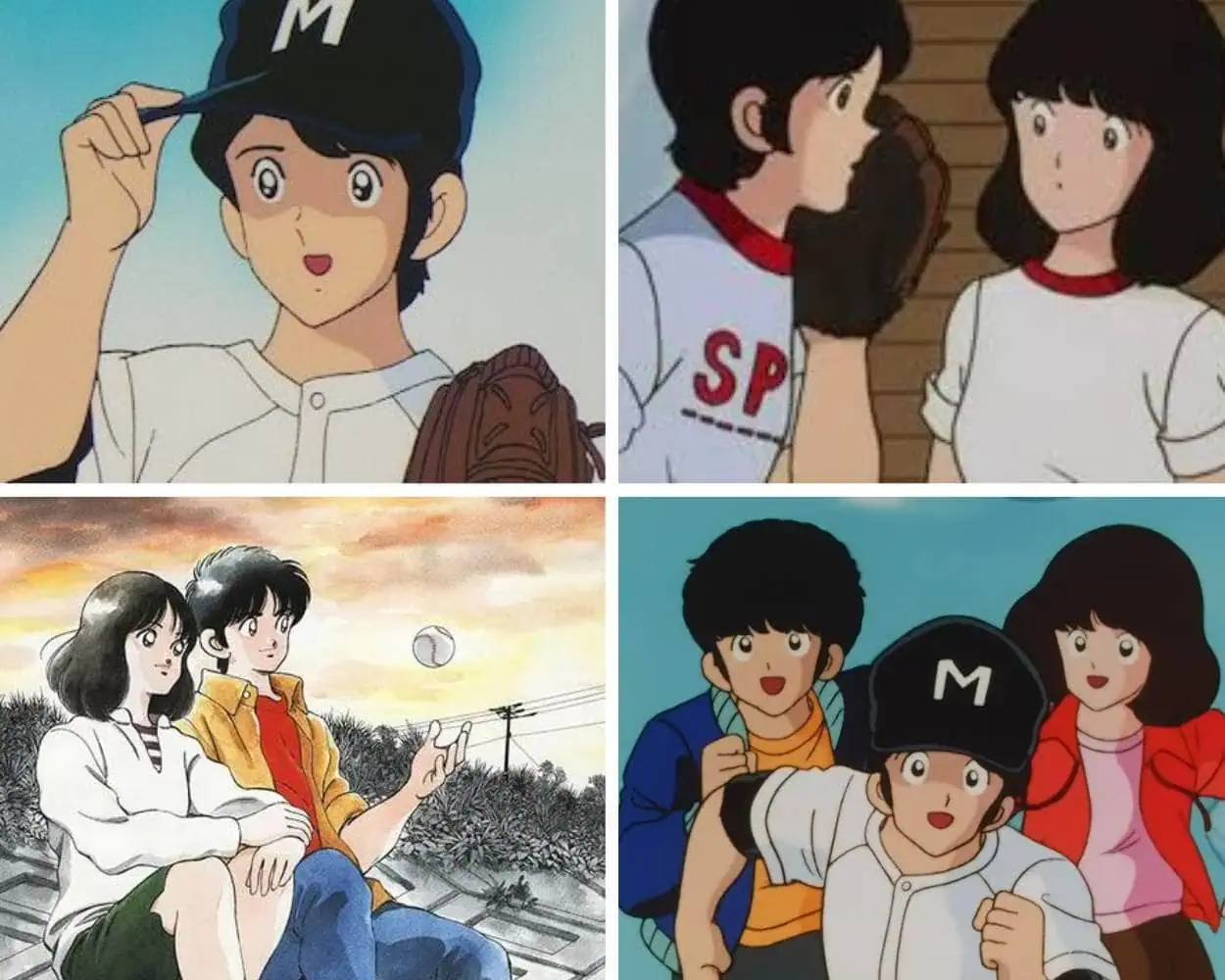
🍿 Vibe: Nostalgic, Bittersweet, Youthful
🎬 Best Moment: The tragic twist midway through the series.
🧠 Why Watch: It captures the feeling of high school perfectly.
Touch masterfully tells a slice-of-life story, highlighting themes of maturing and finding one’s purpose. The romantic triangle between twins Tatsuya and Kazuya and their neighbor Minami infuses a dramatic tension that strikes a chord with anyone who remembers high school love.
A stunning twist midway through the series dramatically reshapes the storyline. Keeping spoilers at bay, I can assure you that Touch endures as an anime that resists the ravages of time.
Gunbuster (1988)
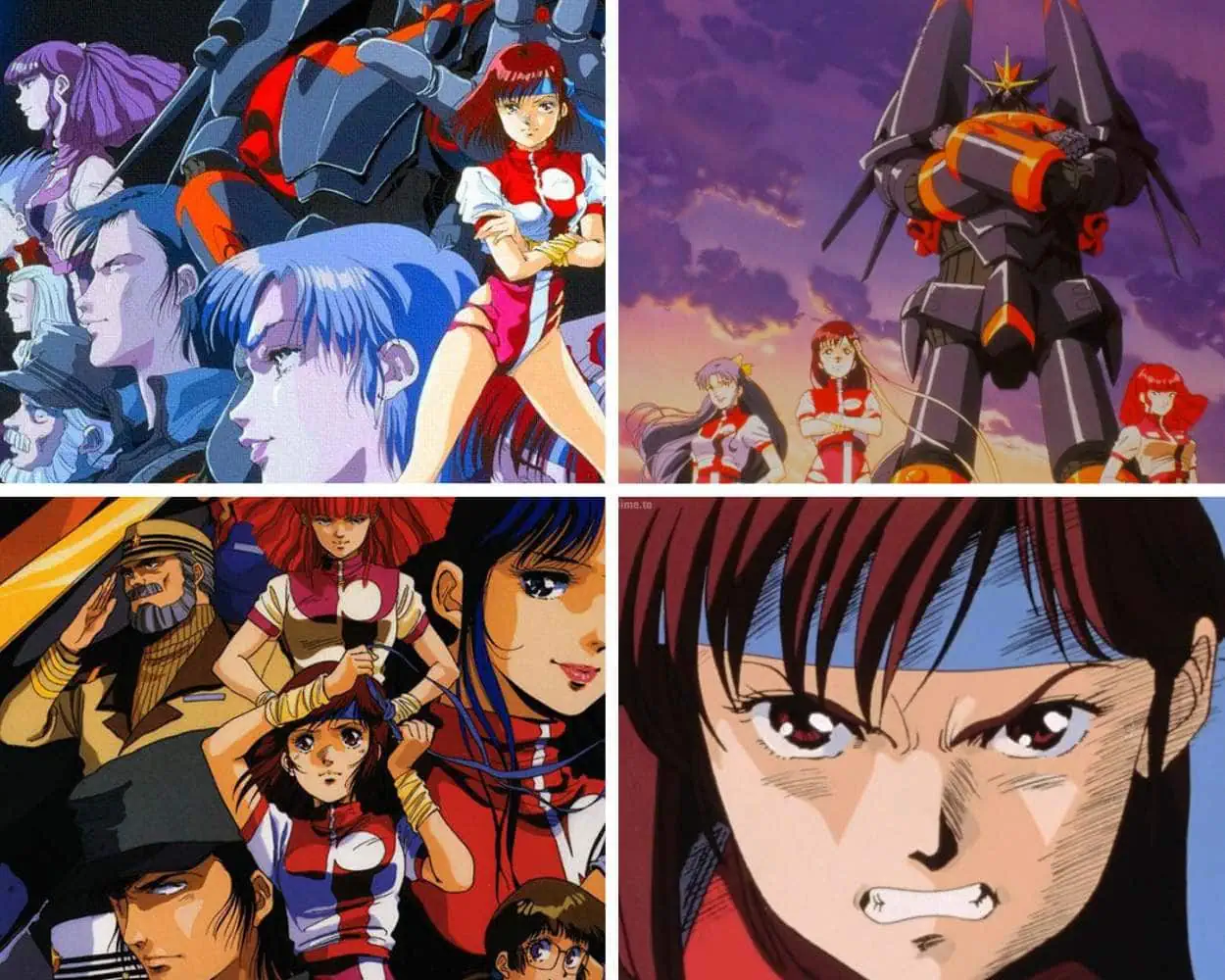
🍿 Vibe: Hard Sci-Fi, Emotional, Epic
🎬 Best Moment: The final “Welcome Home” scene.
🧠 Why Watch: It uses time dilation to break your heart.
Gunbuster, a 6-episode OVA by Gainax, continues to glisten as a gem. Impressively, the animation outstrips the norms of most TV shows of the era. But for me, it is the ending that truly catapults Gunbuster into the realm of classics.
The anime introduces an irresistible cast, with Noriko Takaya standing out as a loveable protagonist. It balances breathtaking mecha battles with the concept of time dilation, fostering deep emotional connections.
Robotech (1985)
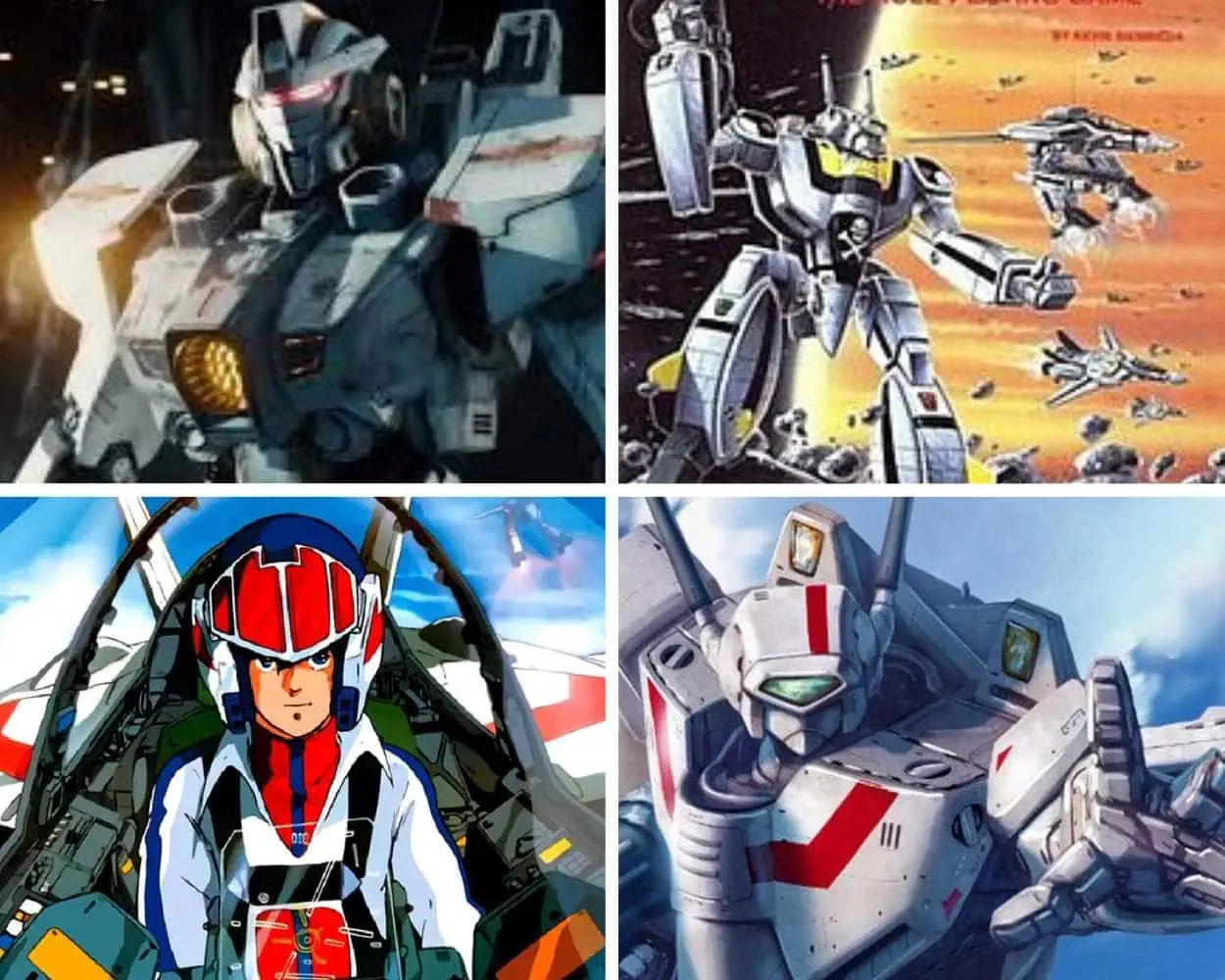
🍿 Vibe: Nostalgia, Soap Opera, Jets
🎬 Best Moment: Roy Fokker’s final guitar strum.
🧠 Why Watch: It was the gateway drug for anime in the West.
Robotech is the show that introduced many Western audiences (myself included) to the wonder of Japanese animation.
A clever amalgamation of three separate series (mainly Macross), Robotech was a soap opera dressed in high-tech armor. It did more than feature battles; it delved into love and loss. It was the flagship of the 80s anime invasion in the West.
Saint Seiya: Knights of the Zodiac (1986)
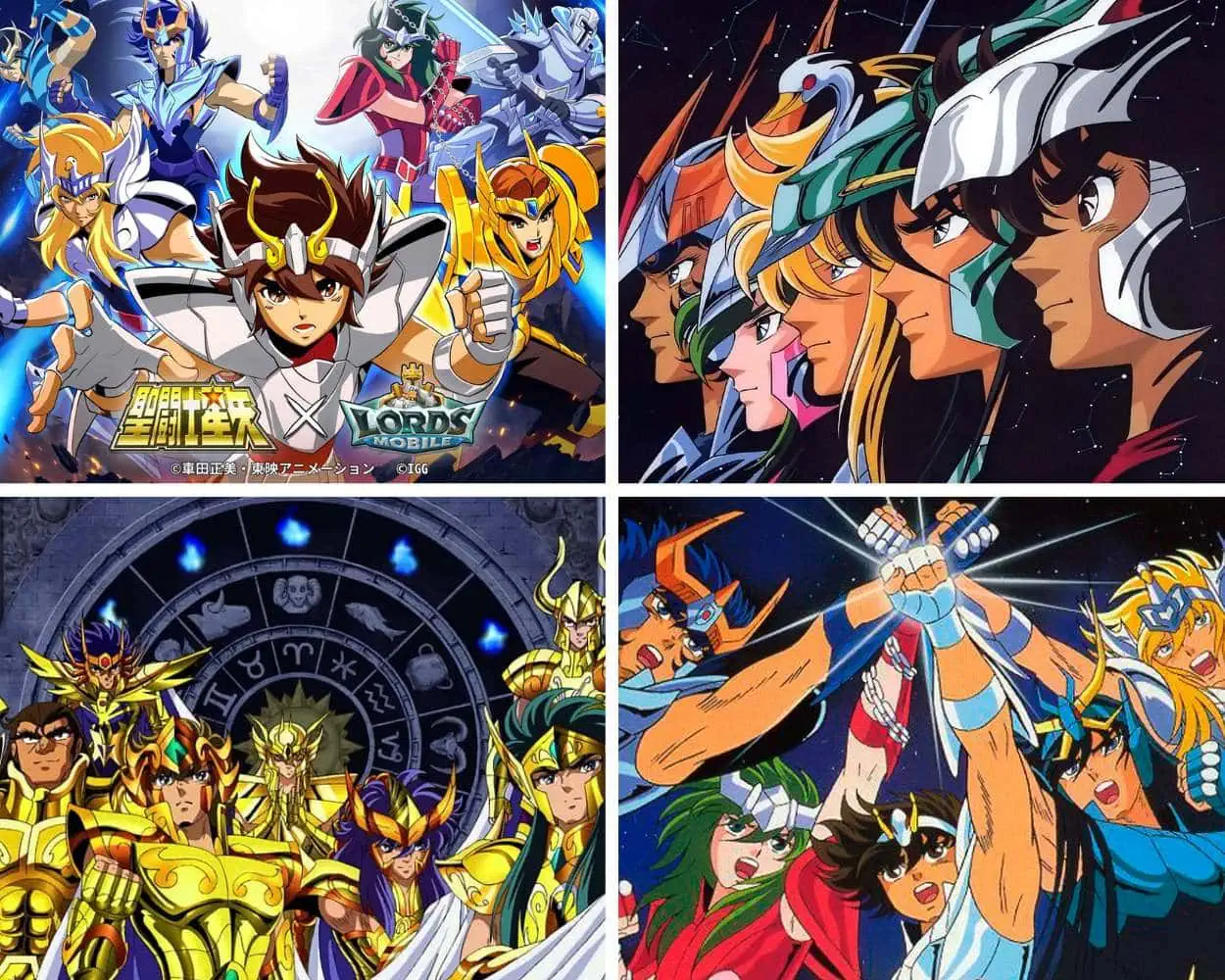
🍿 Vibe: Mythological, Melodramatic, Shiny
🎬 Best Moment: Pegasus Meteor Fist!
🧠 Why Watch: The armor designs are works of art.
Along with Dragon Ball, Saint Seiya captured hearts globally. Saint Seiya draws inspiration from Greek mythology, narrating the adventure of teenagers who wield powers to protect the goddess Athena.
It retains its status as a classic battle shonen. The anime offers impressive animation and a majestic soundtrack, asserting its position as one of my favorite 80s masterpieces.
Dragon Ball (1986)
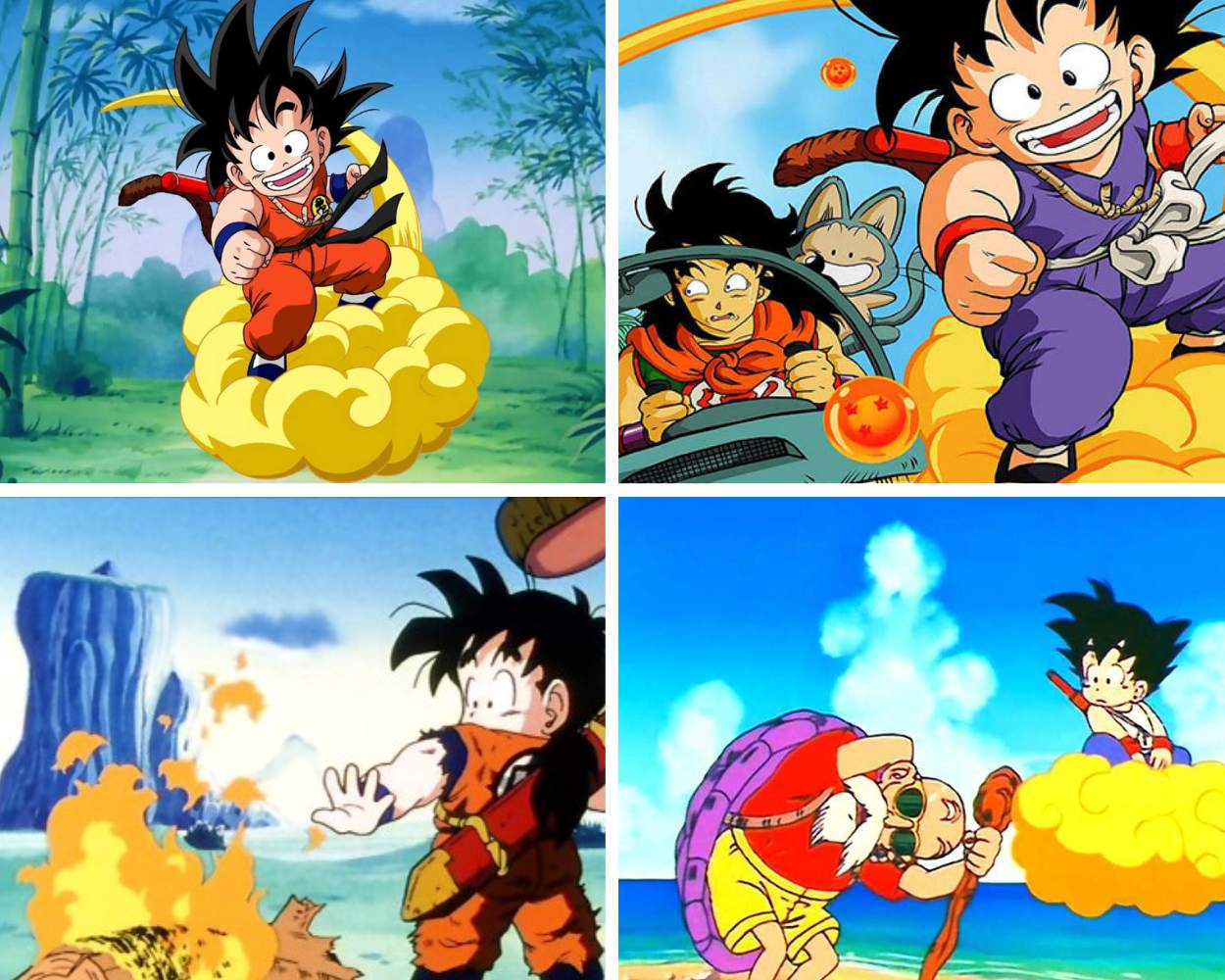
🍿 Vibe: Adventure, Martial Arts, Comedy
🎬 Best Moment: Goku doing the Kamehameha for the first time.
🧠 Why Watch: It is the origin story of the biggest anime on earth.
Unraveling the universe of Son Goku is like opening a treasure trove of childhood memories. Dragon Ball pioneered the modern shounen genre and influenced an entire generation of artists.
Its recipe for success? A unique blend of martial arts, fantasy, and humor. Goku’s journey from a naïve boy to a skilled warrior was wild. This defining 80s anime style established tropes that became essential elements of storytelling today.
Mobile Suit Gundam (1979 – 1980s)

🍿 Vibe: War, Politics, Drama
🎬 Best Moment: The “Last Shooting” pose.
🧠 Why Watch: It invented the “Real Robot” genre.
Before Evangelion, there was Gundam. While it debuted in 1979, its influence exploded in the 80s with the release of the compilation movies and Zeta Gundam.
In an era of superheroes, Gundam‘s “Real Robot” military suits were a breath of fresh air for me. The intense character drama woven into this tapestry of war was unprecedented. It remains a must-watch, setting the gold standard for the genre.
Legend of the Galactic Heroes (1988)
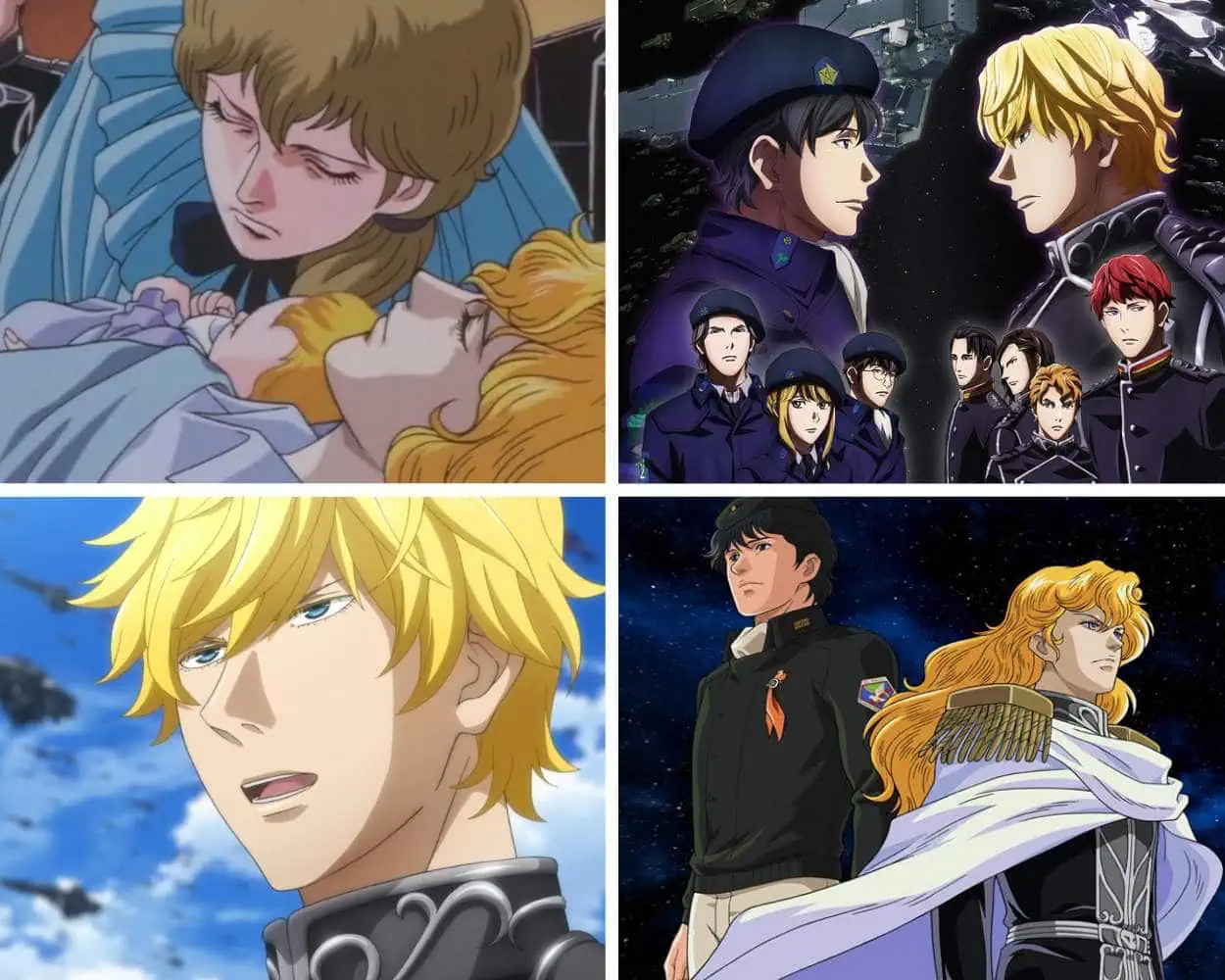
🍿 Vibe: Intellectual, Political, Grand
🎬 Best Moment: Yang Wen-li sipping tea while outsmarting an entire fleet.
🧠 Why Watch: It’s “Game of Thrones” in space, but better written.
Legend of the Galactic Heroes started its monumental journey in 1988 and is acclaimed as the pinnacle of space opera. The series doesn’t center just around action but flourishes in the complex political interplay between its two genius protagonists, Reinhard and Yang Wen-li.
The narrative unravels more leisurely than other sci-fi anime, but I find the payoff to be unmatched in the medium.
Akira (1988)

🍿 Vibe: Mind-Bending, Visceral, Masterpiece
🎬 Best Moment: The iconic bike slide.
🧠 Why Watch: It changed global pop culture forever.
An epitome of 80s anime, Akira is a cyberpunk symphony set in Neo-Tokyo. This 1988 film redefined the industry with its remarkable detail, utilizing over 160,000 animation cels to create fluid movement that still looks better than most modern anime.
Its narrative explores themes of power and corruption. Akira is more than just a film to me—it is a revolution in aesthetics and a testament to the quality of 80s anime shows.